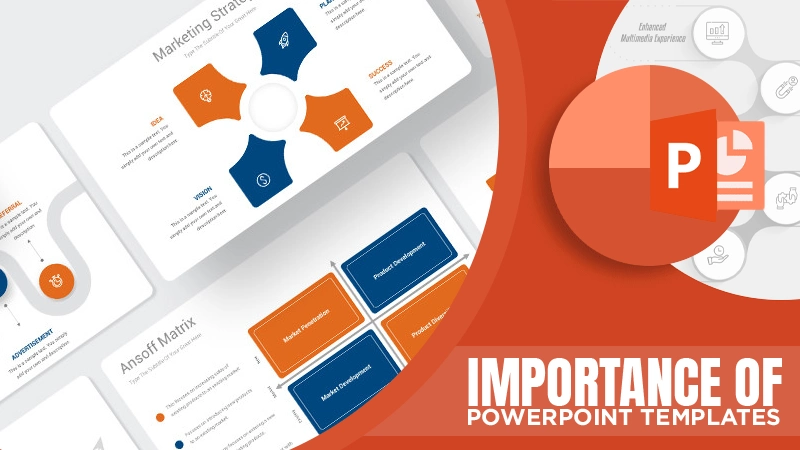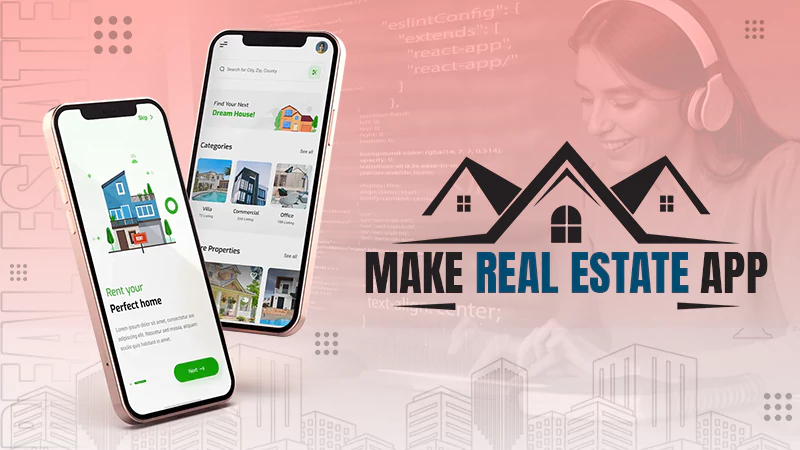The Wall Street Journal says that 75% of fintech startups fail during the first year. Still, if you aim to build a mobile banking app that succeeds, check this brief guide.
One of the fastest-growing areas in today’s world is fintech, particularly mobile banking products. As per recent tech forecasts, by 2022, smartphone transactions will reach 88 % of total banking transfers. So if you are planning to join this field and build a mobile banking app, the time is now!
We have prepared a brief yet informative guide on how to build a banking app that meets all modern requirements.
Why Do You Need to Create a Mobile Banking App?
Let’s start with the benefits of mobile banking apps for your end-users and your business.
Customers come first! One of the main benefits for them is convenience. Some other benefits are below:
- Cheap mobile transactions in comparison to transactions at ATMs or banks;
- Fast and day-and-night access to personal funds;
- All-in-one app to cover all end-users finances;
- Ability to automate regular payments;
- Total control over funds;
- 24/7 expert support.
As for benefits for your business:
When you build your own banking app, your business gets paperless simplifying and optimizing the general workflow. Moreover, you can benefit from:
- Financial savings due to reduced operating costs and people staff reduction;
- Improved customer service and high satisfaction level;
- Access to deep analytics of your end-users needs to enhance demand for service;
- Stronger security level to protect your business from data leakage, internal fraud, and theft.
A Definitive Guide on How to Build a Mobile Banking App
Here is a plan in brief:
- Do profound research and planning;
- Create minimalistic UI/UX app design and a working prototype;
- Validate your app idea with the minimum viable product (MVP);
- Test the full-fledged app.
Now let’s see each step in detail.
Step 1. Start with Product Discovery and Research.
Building a banking application starts with market and competition analysis. At this stage, you should define your target market, what your competitors have to offer, and what’s important, where you can do better than them.
The result of this stage is a product specification for your future budgeting, development team, and tech stack selection.
Step 2. Devote Your Time to UI/UX Design and App Prototype.
Before coding, let designers do the job! Realize your initial idea in a UI/UX design and working prototype for you and your investors to see how the app will work.
As a rule, UI wireframes, UX design, and layouts come first. When working on design, consider the product and customer differences, localization, and native mobile guideline rules.
Find some valuable recommendations on how to create a banking app :
- App uniqueness matters to help your product stand out from competitors;
- For a smooth user experience, pay attention to in-app messages and forms;
- Give preference to logical navigation with minimum steps.
Step 3. Go on with MVP and Must-Have Features.
On checking the workflow with the prototype, you can validate your idea with the MVP version with basic but essential functionality. Tech stack selection is also crucial here.
Among the core features for banking apps are:
- User registration
- Personal user account.
- Financial transactions from other banks.
- Transaction management.
- In-app notifications.
- 24/7 support.
- Offline access to the account.
Picking up the right technology stack helps define the budget and time for development.
Thinks to keep in mind:
Native iOS and Android mobile apps are reliable and reduce the number of third-party APIs.
Cross-platform apps use a single codebase and are used on all platforms and devices.
Below is a recommended tech stack for different platforms; still, combinations are also possible.
- For Android: Java, Kotlin, Android Studio&Developer tools, and Android SDK;
- For iOS: Objective-C or Swift, iOS SDK, and Apple XCode;
- Cross-platform: C#, APIs, and frameworks like React Native or Flutter.
Step 4. Deployment and Testing.
Your product must be thoroughly tested at every stage. The earlier you involve software testers, the better. It will help to reduce bugs and errors. Software testers use either manual, automated, or both. They check:
- Performance and functionality,
- System components.
- Peak performance,
- Integrations.
To sum up:
Even though the competition is tough and the risk of failure exists even for the best-planned startups, banking apps development is worth the efforts. They are going to boom the fintech market in the coming years, so don’t miss your chance.
And now you have all the needed information to build a mobile banking app that will succeed and prosper.
Next, can consider reading: Future Trends of P2P Lending Industry
















